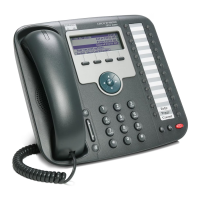
Do you have a question about the Cisco IP 7931 and is the answer not in the manual?
| Power over Ethernet | Yes, IEEE 802.3af |
|---|---|
| Line Keys | 2 |
| Weight | 2.2 lbs (1 kg) |
| Lines | 2 |
| Speakerphone | Yes |
| Network Protocols | SIP, SCCP |
| Audio | Full-duplex speakerphone |
| Headset Support | Yes |
| Supported Codecs | G.711, G.729 |
Instructions for making internal, external, and emergency calls using handset, speaker, or new call options.
Methods for answering incoming calls using the handset, speaker, or a line button.
Steps to terminate an active call using the handset, speaker, headset, or EndCall soft key.
Procedures for placing a call on hold and retrieving it, including handling multiple held calls.
Guide to transferring active calls, including direct transfers to voicemail and handling transfer failures.
Instructions for forwarding all incoming calls to voicemail or another number, and how to cancel forwarding.
How to place a call on hold for retrieval from another phone and how to retrieve a parked call.
Steps to transfer two active calls to each other without remaining on the line.
Toggling the ringer on or off for incoming calls using the DND soft key.
Transferring an incoming call directly to voicemail while it is ringing.
Creating a conference call by joining two or more existing calls on a single line.
Accessing voicemail messages when the handset's red light indicator is lit.
Establishing and managing ad-hoc conference calls with multiple parties, including rejoining and adding parties.
Viewing a list of conference participants and removing them from the call.
Activating or deactivating mute for the handset, speakerphone, or headset.
Adjusting the volume during an active call and saving the setting.
Adjusting the ringer volume when not on an active call.
Viewing call history (missed, placed, received) and making calls from log entries.
Searching and calling contacts from the corporate directory by name.
Guide to accessing the web portal for managing features like speed dials and abbreviated dials.



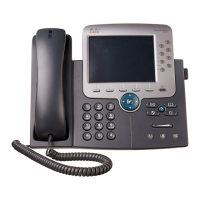
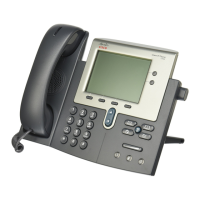
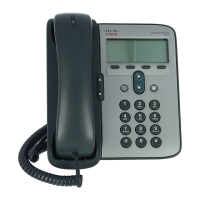

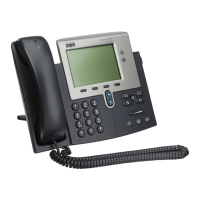

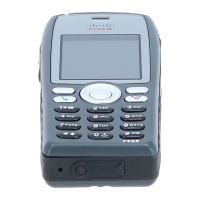
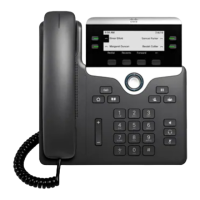
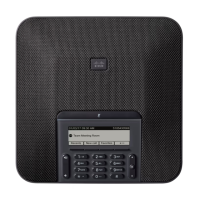
